Ring Metals
Our craftsmanship can’t be matched, find out why.
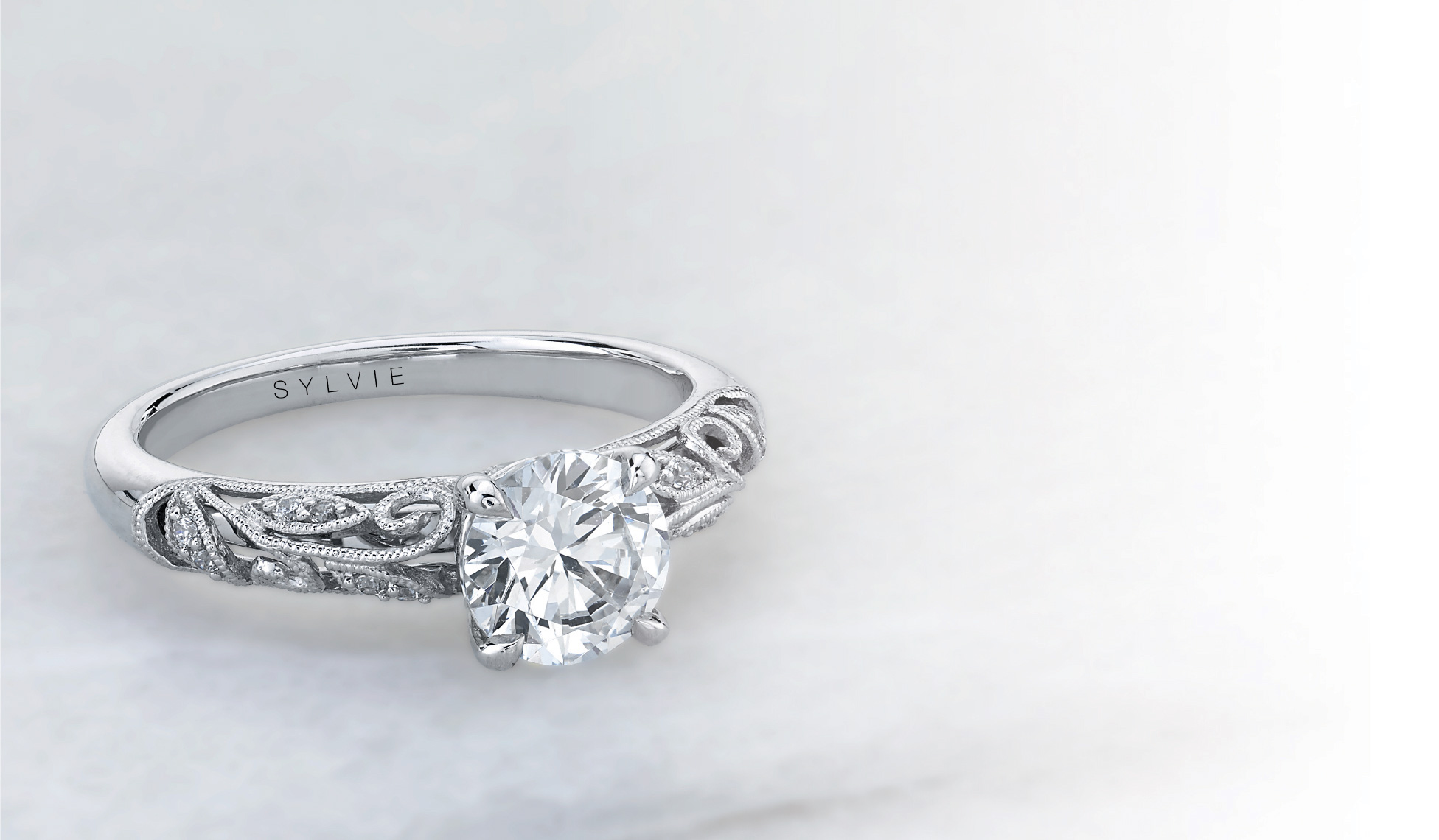
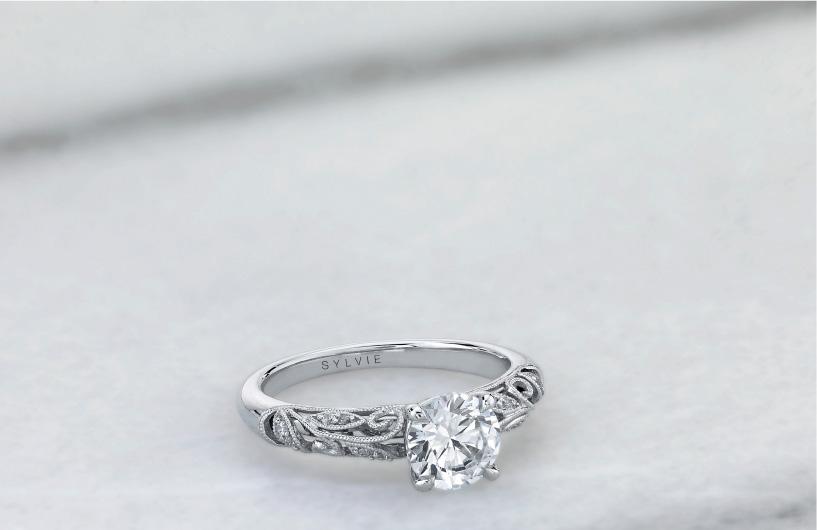
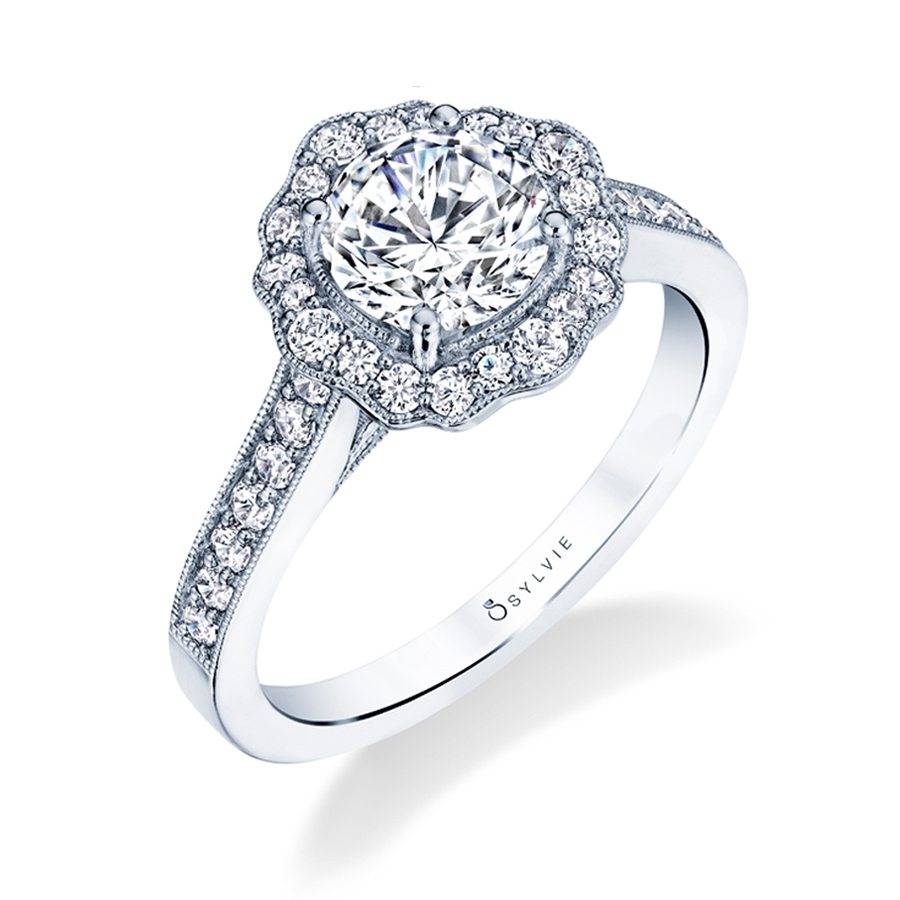
This metal is created by alloying yellow gold with palladium, nickel, zinc and/or silver. It is usually plated with rhodium (a member of the platinum family) to give it an intense white color and smooth, high polish appearance. Unlike yellow gold, which works with diamonds of most any color rating, white gold is an excellent setting for colorless to near-colorless diamonds. If the diamond has a lower color rating, the white color of the white gold metal will showcase the yellow hue of the diamond.

A naturally occurring yellow metal. It is the most malleable of all metals, so it is usually combined with different alloys (composed of two or more elements) for added strength and durability. Even so, it is usually 70-75% pure. While 24k gold is pure gold, most of our engagement ring settings are sold in 18k; the lower the carat, the higher the percentage of other metals. Other alternatives are 14K and 10K.
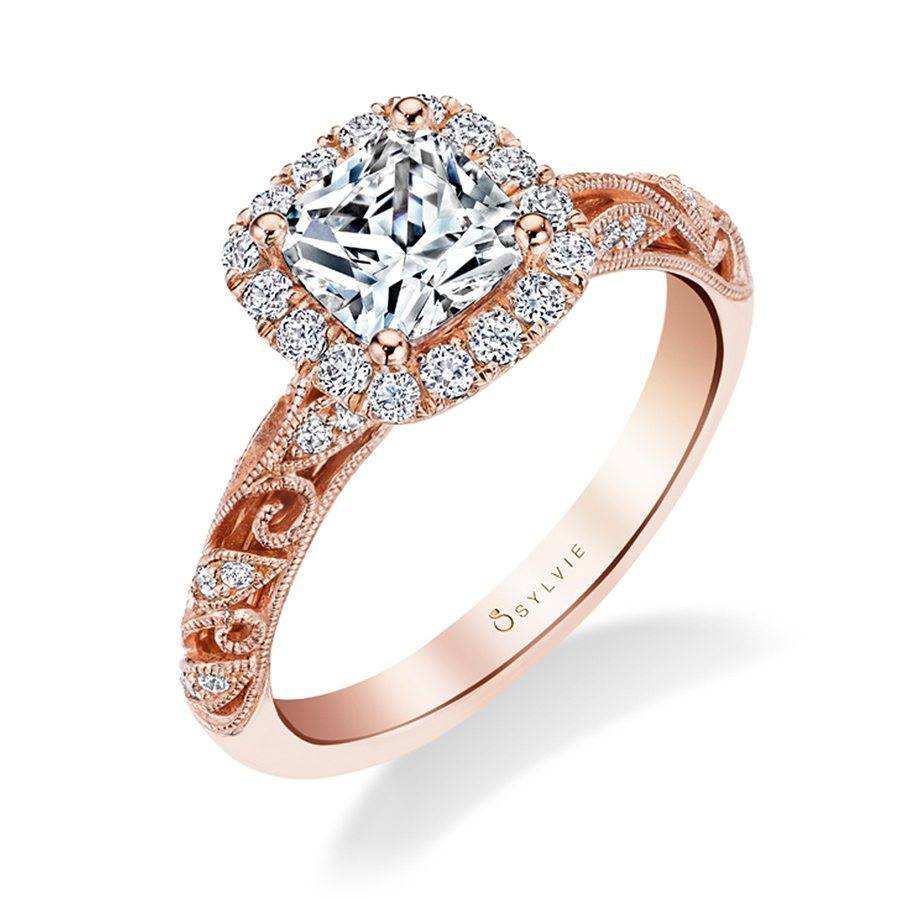
This metal is created by alloying copper to yellow gold, usually about 25%. The higher copper content added to the alloy, the darker or more red the metal becomes. Rose gold is used for specialized jewelry and is also known as pink or red gold. When gold is mixed with copper and silver, it results in a rose-like color, which creates what is called rose gold. A more romantic metal than yellow gold or white gold, rose gold can look darker or lighter depending on the ratio of copper to silver and gold. Although the more precious rose gold has a 22-karat weight, the more common 18K rose gold is created with 25% copper and 75% gold.
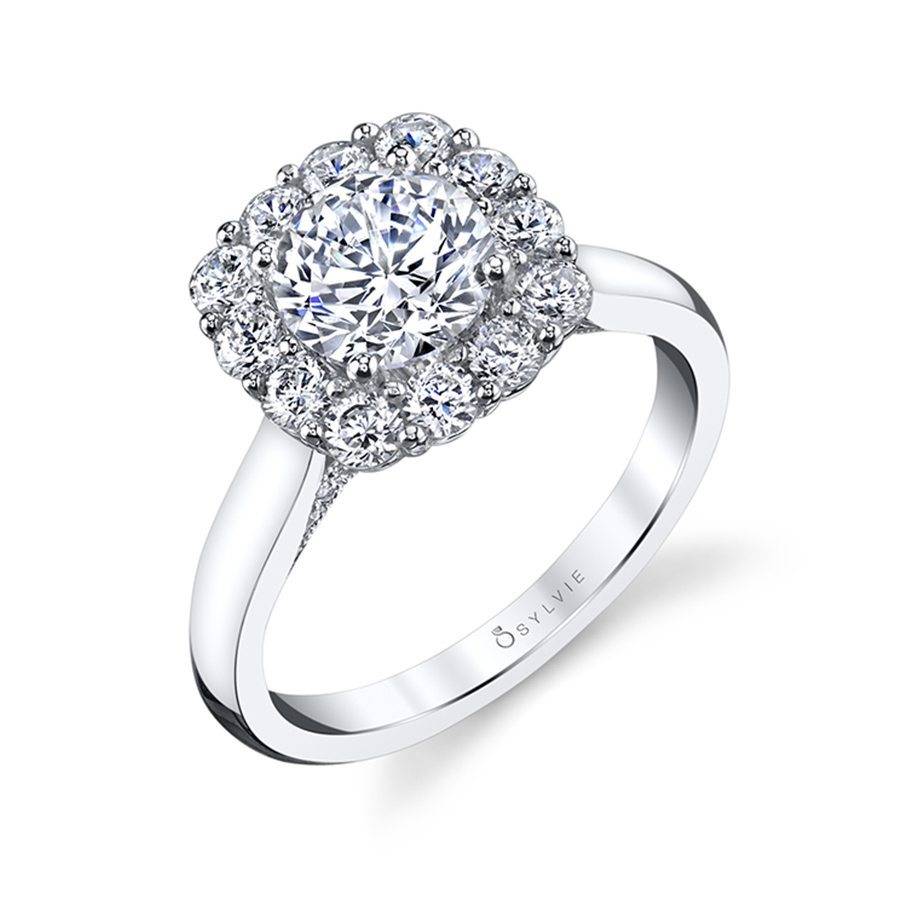
Platinum is the most expensive precious metal. It is naturally white and is a very dense metal, which makes it both extremely durable, and very resistant to wear; when scratched, very little metal is lost. Platinum is a pure metal, and is naturally hypoallergenic
Can't find a store near you? Drop us a line and a representative from our customer service team will get in touch with you shortly.
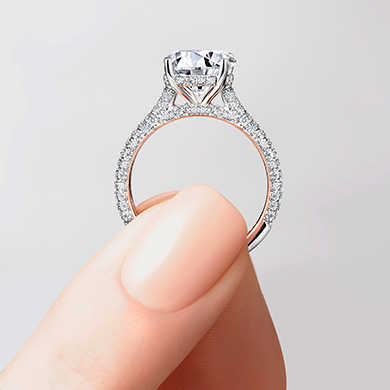
Stay up-to-date on Sylvie’s new arrivals, proposal tips, press releases and more.